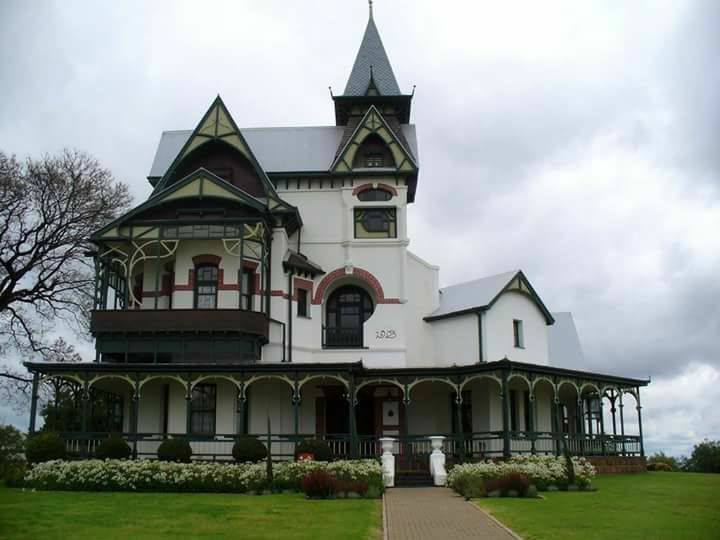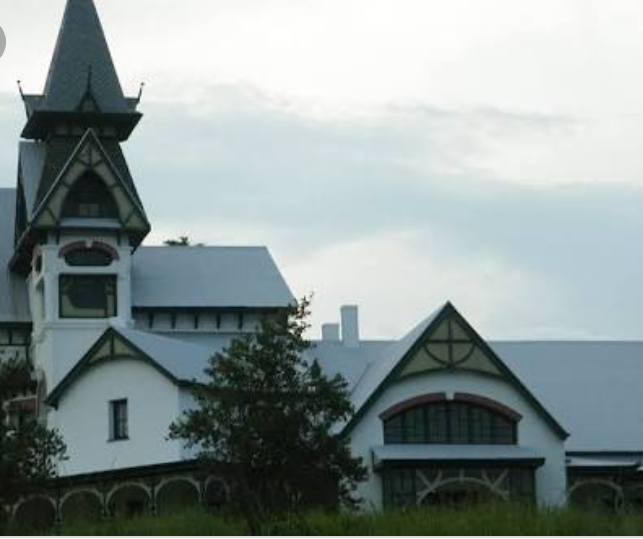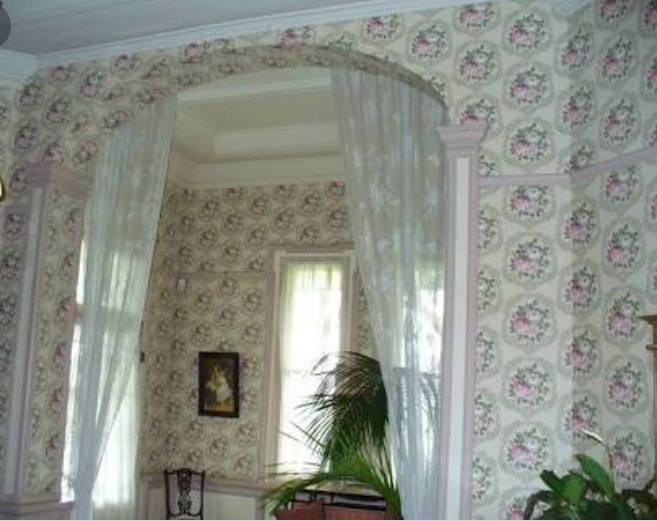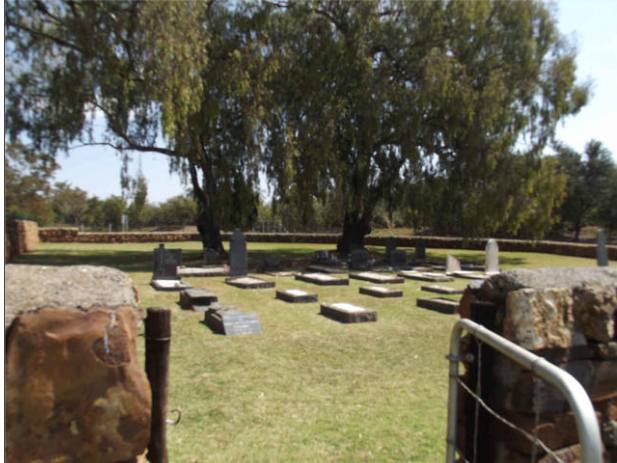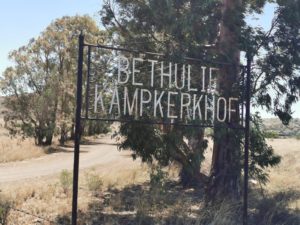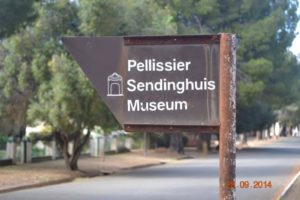Erasmus Kasteel
Hierdie kasteel staan onder Pretorianers as “Die Spookhuis” bekend. Die kasteel is in 1903 deur Jochemus Erasmus gebou en sedertdien het ’n klomp skinderstories oor die huis en sy inwoners die rondte begin doen. Jochemus se twee dogters was melaats en daar was gerugte dat hulle in die kasteel se toring opgesluit was. Die skindertonge het ook verklap dat die familie soos kluisenaars leef. Maar eintlik het die gemeenskap hulle rug op die gesin gedraai nadat hulle ’n finansiële terugslag beleef het. Die gerugte van spoke en gedaantes het behoorlik begin loop toe die kasteel tussen 1949 en 1967 onbewoond was. Die 33 grafte in die familiebegraafplaas moes ook in 1988 verskuif word vanaf ’n nabygeleë plantasie na die Erasmus Kasteel.
Familie bevestig dat daar melaatse kinders in die kasteel was. Carel Jacobus Erasmus het melaatsheid by ’n transportryer aangesteek en het op sy beurt sy twee susters, Maud en Lena, aangesteek. Carel is in 1917 oorlede en sy twee susters is aanvanklik in die Leprosengesticht, genaamd Westfort, in Pretoria opgeneem, maar is daarna toegelaat om in afsondering op die plaas te bly.
Hulle het in die twee ou huisies gebly wat ’n entjie weg van die Erasmuskasteel gestaan het. Nadat die een suster oorlede is, is die ander een terug Westfort toe waar sy kort daarna oorlede is. Dit is nie duidelik wanneer Maud oorlede is nie, maar Lena is in 1928 oorlede.
Die familie is deur die jare geteister deur nuuskieriges en Jochum Rasmus Erasmus, een van die laaste Erasmusse wat in die kasteel gebly het, het kennisgewings laat oprig en die huis laat omhein, maar dit het nie gewerk om indringers uit te hou nie. Hy vertel dat hy gereeld saans as hy in sy bed gelê het kon hoor hoe mense aangery kom, uitklim en om die huis stap.
If you are not familiar with the history of Pretoria then you probably won’t know about thís historical building in Erasmus Kloof. Erasmus Castle was built during 1892 and was officially inaugurated in 1903 with a church service. For Jochemus Erasmus building a better home for him and his wife, turned into something much bigger, a castle. It was believed that Erasmus got funding for the castle by trading with the English. Curtains and decorations was imported from England.
Today, the castle belongs to Armscor and is not accessible to the public at all. But tales of ghosts are still doing the rounds. After the 1950’s movie ‘Hier’s ons Weer’, that was shot at the dilapidated Erasmus Castle, stories of ghosts started doing rounds. Without knowing the history of this historical building, we can’t even begin to understand the full value of what this castle offers.
I can however say with great certainty that these stories come from people who have nothing better to do with their time. This majestic castle is definitely not haunted. I have even been in the attic – all alone, and still don’t believe these tales.
Pieter Erasmus, born in the Netherlands in 1672, was the first member of the Erasmus clan to immigrate to South Africa. He and his bride Maria Elisabeth Jooste arrived at the “Kaap de Goede Hoop” in 1691. They had six children which was then the beginning of the Erasmus clan in South Africa.
In 1860 Oom Carl Erasmus settled on the farm Garstfontein near Pretoria. He built his house in the vicinity where the turn off to Armscor’s head office is currently situated. In 1890 his son, Jochemus, built his own house slightly further down from his father’s home. This house has been re-erected close to the entrance to the Castle grounds.
Shortly after this the castle was built and till today still remains one of South Africa’s best preserved Victorian Art Nouveau homes. It only cost £7 500 to build at that time. Van der Benn, a Dutch architect in collaboration with Italian builder Monte Bello, made the castle a reality. Erasmus Castle goes against the style of Southern hemisphere building where houses face north. The castle faces south which makes it cool in summer and even colder in winter.
The Erasmus family went overseas for a period and with their return in 1976 found that the castle and the surrounding area have been expropriated by the TPA (Transvaal Provincial Administration) to build a government hospital there. This hospital were to replace the HF Verwoerd hospital but the plans never realised. The Erasmus’s did not return to the castle and it became neglected until Emus Erasmus attempted to restore the castle again. He did not live there.
Although the castle has been restored by Armscor, all the Oregon pine floors are still original. The furniture is not original Erasmus furniture, but all date back to the period. The fireplaces and giant front door remains unchanged and shows the immaculate taste of Jochemus Erasmus. The top floor of the castle consists of a music room where church services were held and the nursery. Other rooms in the castle include a men’s smoking room with Jochemus Erasmus’ original roll top desk, a guest room, a ladies drawing room, main dining room, main bedroom and three other bedrooms, a cross passage, a breakfast room and pantry, one bathroom/toilet and a kitchen.
The original Erasmus cemetery was situated in the valley between the Castle and Hans Strijdom Avenue and have been vandalized and neglected over the years. These graves have been moved to the old cattle kraal. Some of the stone walls of the kraal, as well as those surrounding the terrain as a whole, have been archaeologically reconstructed

